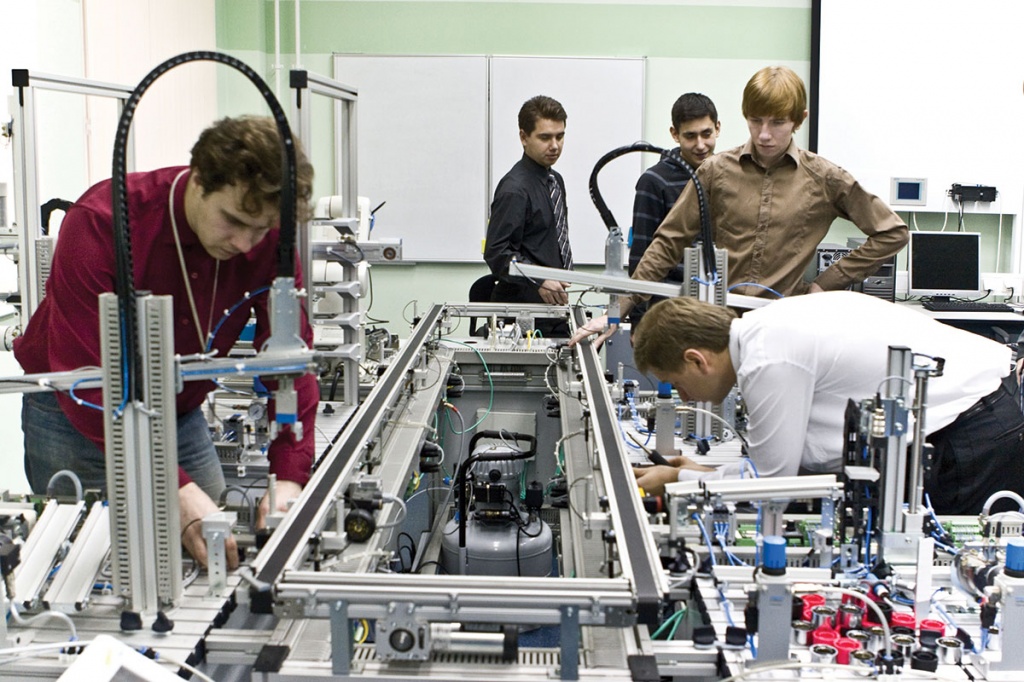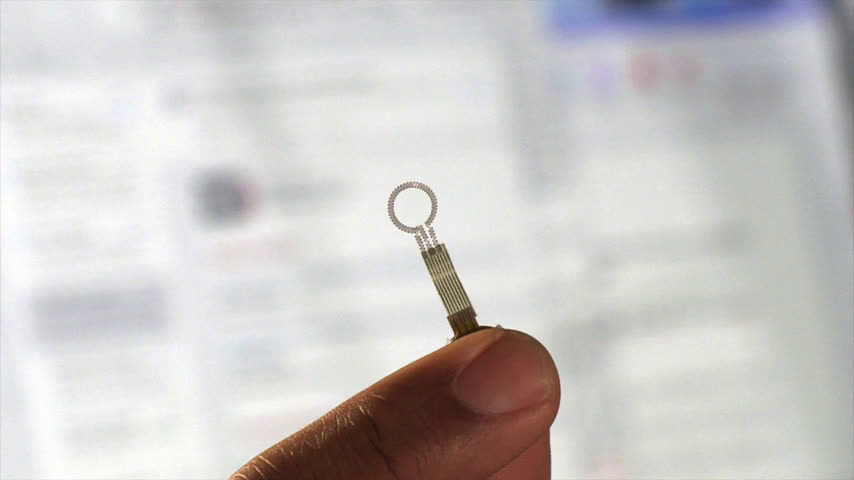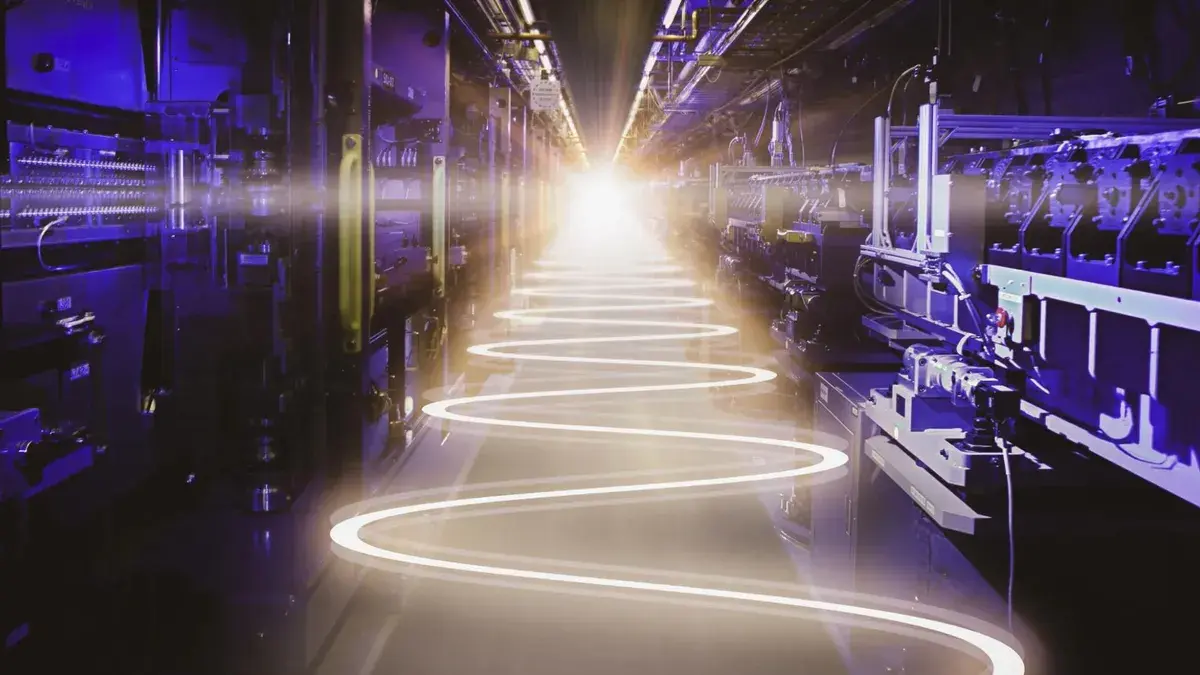It was inevitable that engineering principles and technologies would eventually be applied to the life sciences. Over the past several decades, the merging of engineering and life sciences has led to new ways of looking at old problems. And life sciences have also influenced engineering. For example, biomimetics is the study of how to build engineered products using insights derived from biological studies, information, and observations. And then there is the seemingly crazy idea of life augmented by engineered products.
Today, the fields of biotechnology, pharmaceuticals, medical devices, science and technology, food and beverages, and chemicals are all benefiting from engineering solutions to the problems they face. There are now literally thousands of instruments engineered by life sciences companies, including labs on a chip, modular automation, miniaturization, and others.
Modular automation refers to the creation of small automated components that can be linked together, making larger and more complex instruments. One current problem in the creation of life sciences-related instruments is their high cost. But as time rolls on, these costs will come down.
Life science trends today include topics like smartphone pregnancy tests, brain interventions using miniature tech, boosting cancer immunity, using technology to transform personalized medicine, curing blindness with algae, reprogramming cancer cells to make them benign, and much more.
A life sciences Slideshare, “Life Science Trends 2016,” discusses regenerative medicine in the past, present, and future.







